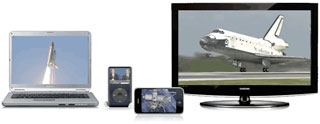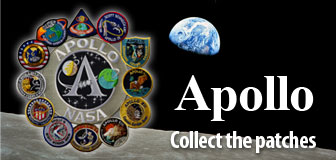Prepping satellite to test Albert Einstein
A small sphere-shaped satellite covered with laser retroreflectors to test part of Albert Einstein's theory of General Relativity is being readied for its shot into space aboard the qualification flight of Europe's new Vega light launcher.
Named LARES, the Italian LAser Relativity Satellite is a solid tungsten sphere weighing almost 860 pounds (390 kg) with 92 mounted retroreflectors. The Vega rocket will launch the payload from Kourou, French Guiana in January, deploying the craft into an Earth orbit where it will fly for over 25,000 years.
Earth-based stations will bounce lasers off the satellite and precisely measure the time it takes the beams to travel between the ground and spacecraft as it passes overhead in an experiment with the Lense-Thirring effect. That part of Einstein's theories describes the distortion of space-time caused by the rotation of a body with mass -- the Earth.
Similar-looking spacecraft -- LAGEOS 1 and LAGEOS 2 -- have been launched in American-Italian collaborations in 1976 and 1992 aboard a Delta rocket and the space shuttle Columbia to track the movement of Earth's tectonic plates. A scientific team based at the Sapienza University of Rome created the LARES mission.
This photo gallery shows LARES being installed aboard its deployer system in the processing facility. Once the other CubeSat co-passengers are attached, the payload package will be encapsulated in the rocket's two-piece nose cone in preparation for attachment atop the Vega rocket next month. Liftoff is targeted for the end of January.
The Vega rocket, with its three solid-propellant stages and a restartable liquid-fuel fourth stage, has been developed by Europe as a small-satellite booster that will operate alongside the giant Ariane 5 and the mid-class Soyuz from the Kourou spaceport on the northeastern coast of South America.
Commercial operator Arianespace foresees one-to-two Vega flights per year.
Development of the rocket cost $1 billion (786 million euros) and the research program covering five demonstrative launches is valued at about $535 million (400 million euros).
European Space Agency Member States Italy, France, Spain, Belgium, the Netherlands, Switzerland and Sweden are contributors to Vega.
Photo credit: European Space Agency












|
|
















